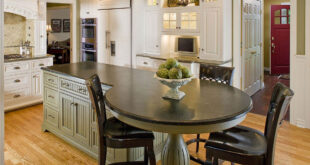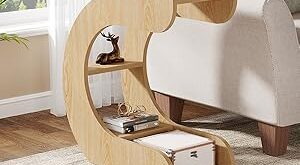Step Back in Time: Discovering the Allure of Art Deco Kitchen Lighting
The Art Deco era, spanning roughly from the 1920s to the 1930s, was a period of unprecedented glamour, innovation, and bold design. Emerging from the shadow of World War I, it embraced modernism and celebrated technology, luxury, and optimism. In interior design, Art Deco manifested as a harmonious blend of geometric shapes, rich materials, and striking colors. Think of the Chrysler Building in New York City – that iconic structure perfectly embodies the Art Deco spirit. And now, you can bring that same elegance and sophistication into your kitchen with Art Deco lighting.
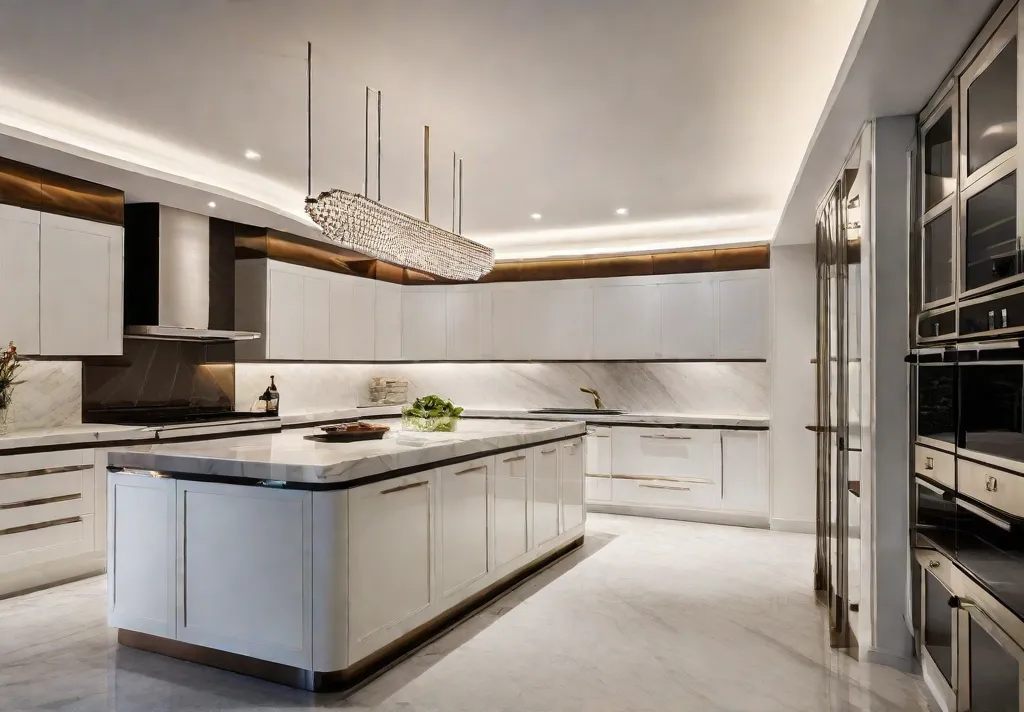
But what exactly *is* Art Deco lighting? It’s more than just a vintage aesthetic; it’s a statement. It’s about creating a focal point, adding a touch of opulence, and imbuing your kitchen with a sense of timeless style. This comprehensive guide will delve into the fascinating world of Art Deco kitchen lighting, exploring its defining characteristics, the different types of fixtures available, how to choose the right pieces for your space, and how to incorporate them seamlessly into your existing kitchen design. Let’s embark on this illuminating journey together!
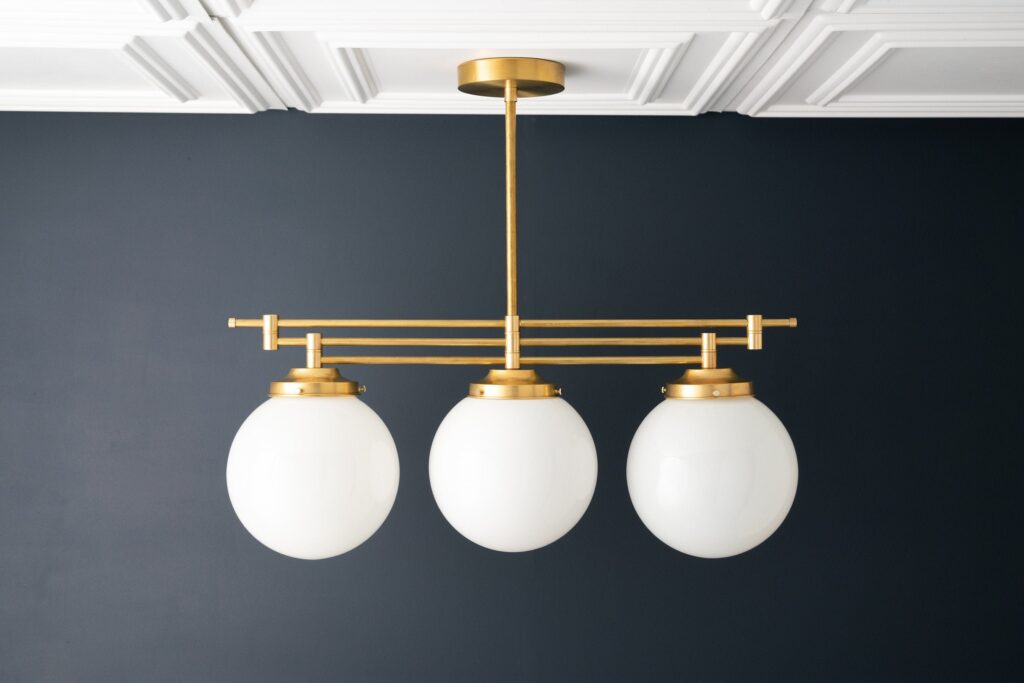
Decoding the Art Deco Aesthetic: Key Characteristics of Lighting Fixtures
To truly understand Art Deco kitchen lighting, it’s essential to grasp the key characteristics that define its unique aesthetic. These elements are what set it apart from other styles and give it its distinctive charm. Here’s a breakdown of the most important features:
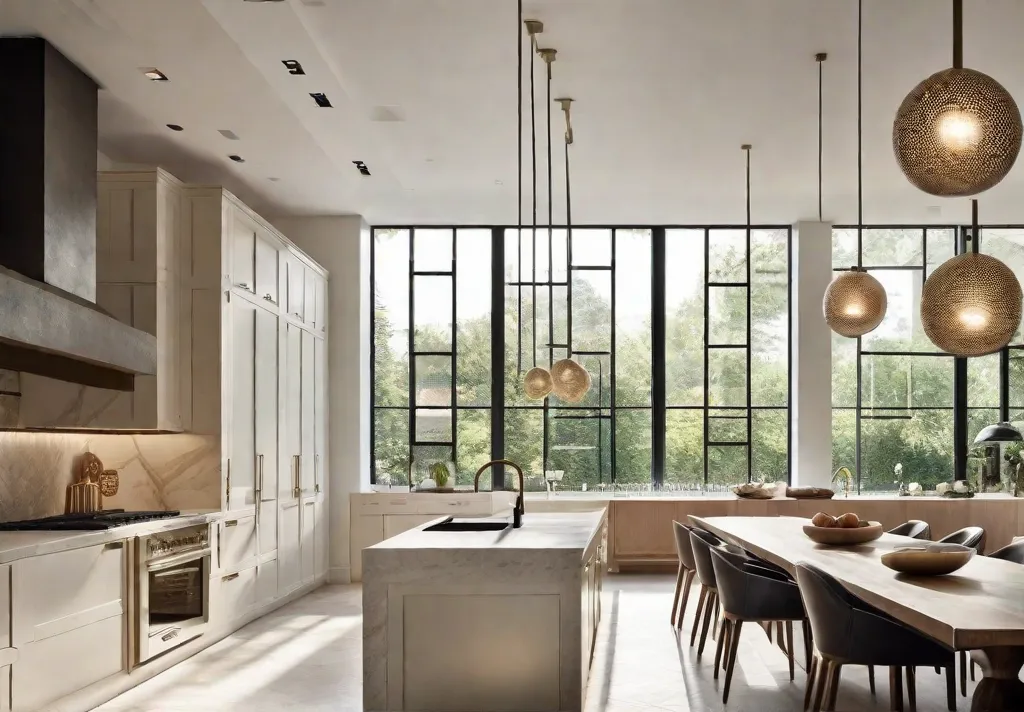
1. Geometric Shapes and Symmetry
Art Deco design is all about strong geometric forms. You’ll see a lot of stepped patterns, chevrons, zigzags, and stylized sunbursts. Symmetry is also crucial; many Art Deco lighting fixtures feature balanced designs and repeating motifs. Think about the clean lines and repeating patterns you see in skyscrapers of the era – that’s the inspiration. This love for geometry brings a sense of order and sophistication to the design.
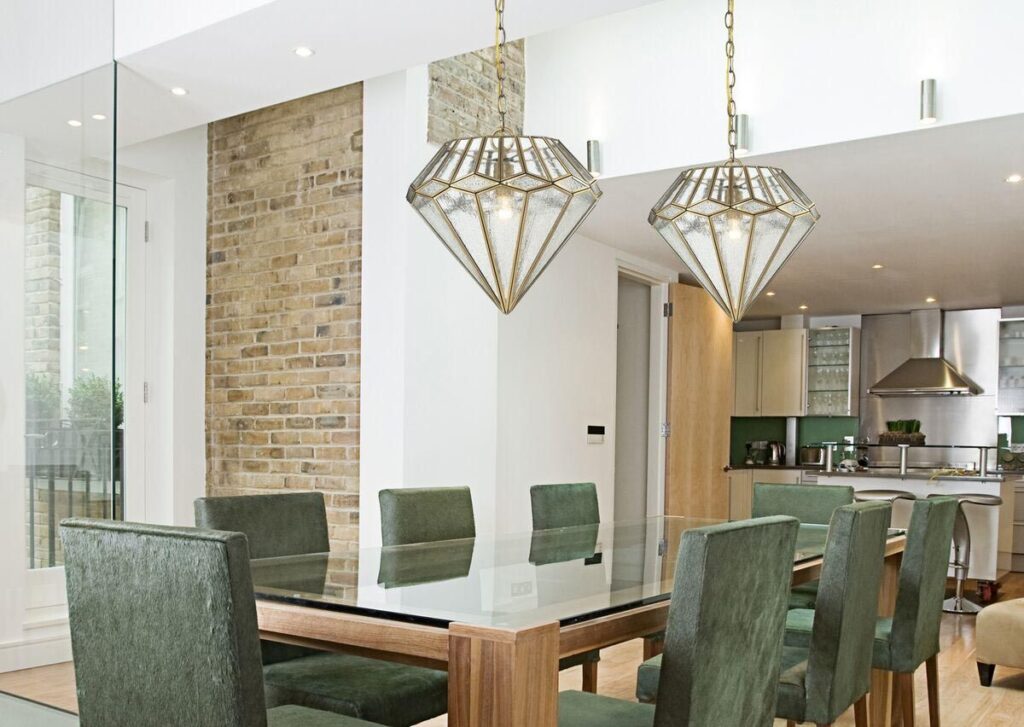
2. Luxurious Materials
Forget minimalist simplicity – Art Deco embraces luxury! Common materials include chrome, polished nickel, glass (often frosted or etched), and even Bakelite (an early plastic). These materials were chosen not only for their aesthetic appeal but also for their durability and ability to reflect light beautifully. Imagine the shimmer of chrome against the glow of frosted glass – it’s pure Art Deco magic.
3. Streamlined Forms
While Art Deco is known for its ornamentation, it also values streamlined forms that evoke a sense of speed and movement. This is a nod to the era’s fascination with technology and transportation. Look for fixtures with smooth, flowing lines and a sense of aerodynamic efficiency. It’s about combining elegance with a touch of futurism.
4. Bold Colors and Contrasts
Art Deco color palettes are typically bold and dramatic, featuring strong contrasts. Black and gold, silver and chrome, and combinations of jewel tones are all common. These colors add a sense of richness and depth to the design. While neutral colors can be used as a backdrop, Art Deco lighting often incorporates pops of vibrant color to create a focal point.
5. Stylized Motifs
Art Deco lighting often features stylized motifs inspired by nature, ancient cultures, and industrial design. You might see depictions of animals, plants, or geometric patterns reminiscent of Egyptian hieroglyphics or Mayan art. These motifs add a touch of exoticism and intrigue to the design.
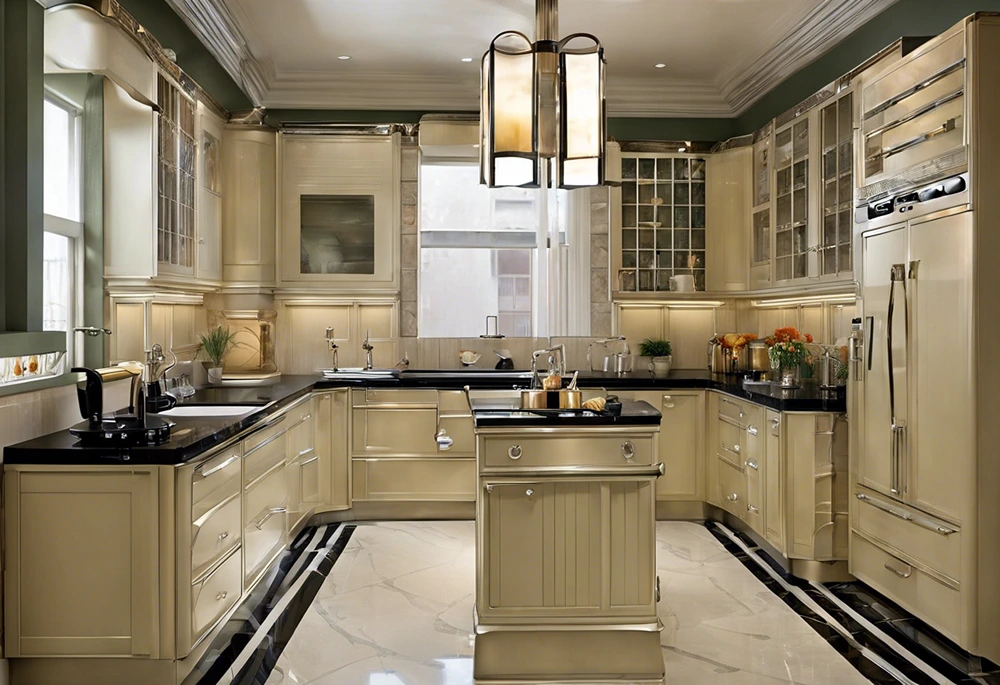
Illuminating Options: Exploring Different Types of Art Deco Kitchen Lighting
Now that you understand the key characteristics of Art Deco lighting, let’s explore the different types of fixtures that you can use to brighten up your kitchen. From grand chandeliers to subtle sconces, there’s an Art Deco lighting solution for every space and style.

1. Chandeliers: The Grand Statement Piece
Chandeliers are the ultimate expression of Art Deco opulence. These statement pieces are perfect for adding a touch of glamour to a large kitchen or dining area. Look for chandeliers with geometric shapes, multiple tiers, and luxurious materials like crystal or glass. A dramatic chandelier can instantly transform your kitchen into a stunning Art Deco showcase.
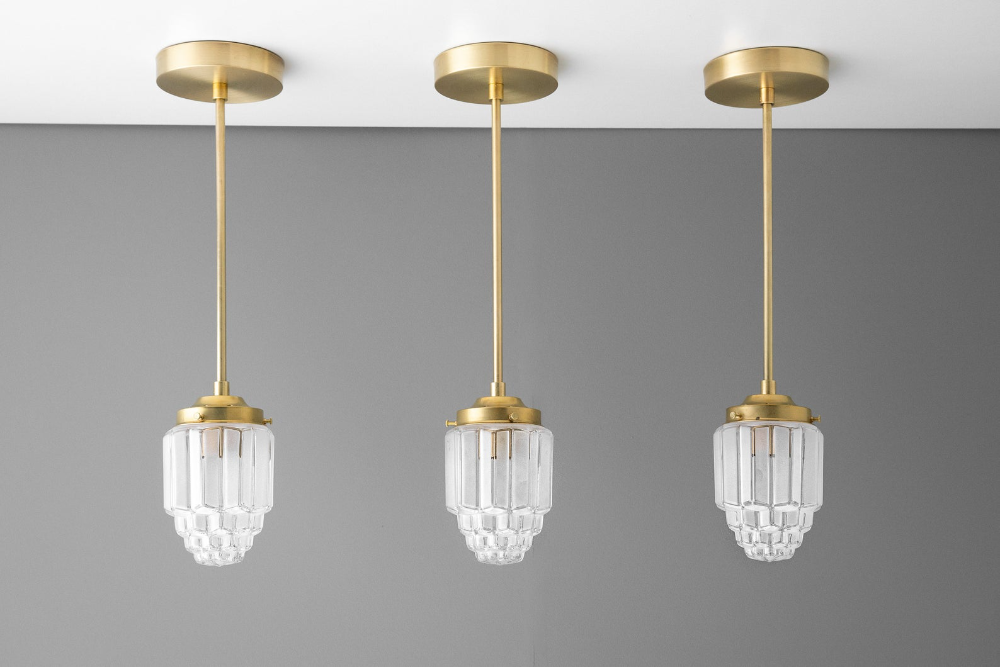
2. Pendant Lights: Versatile and Stylish
Pendant lights are a versatile option that can be used in a variety of ways in the kitchen. Hang them over an island, breakfast bar, or sink to provide focused task lighting. Art Deco pendant lights often feature geometric shades, streamlined forms, and luxurious finishes. They’re a great way to add a touch of Art Deco style without overwhelming the space.
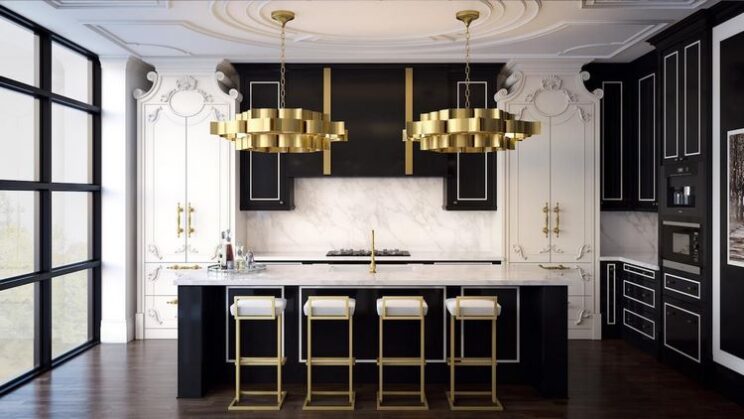
3. Sconces: Adding Ambiance and Accent Lighting
Sconces are a great way to add ambiance and accent lighting to your kitchen. Mount them on walls to highlight architectural features or to create a soft, warm glow. Art Deco sconces often feature geometric designs and frosted glass shades. They can be used to complement other Art Deco lighting fixtures or to add a subtle touch of vintage charm.
4. Flush Mount Lights: A Streamlined Solution
Flush mount lights are a practical and stylish option for kitchens with low ceilings. These fixtures sit flush against the ceiling, providing ample illumination without taking up too much space. Art Deco flush mount lights often feature geometric designs and streamlined forms. They’re a great way to add a touch of Art Deco style without sacrificing headroom.
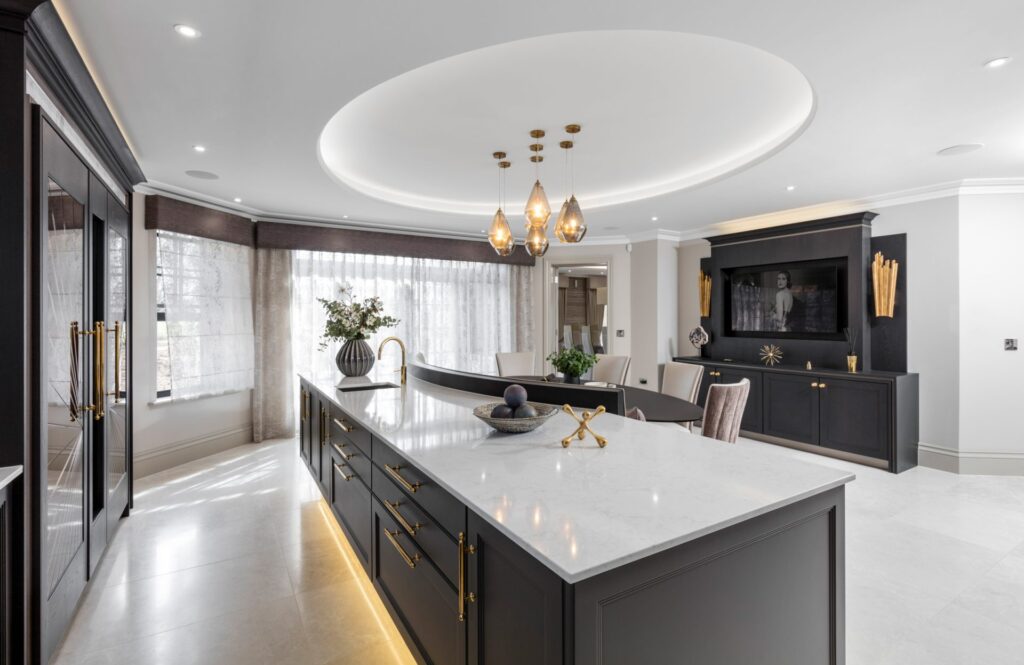
5. Linear Lighting: Embracing Modernity with a Deco Twist
Linear lighting, with its sleek and minimalist aesthetic, might seem like an odd fit for Art Deco. However, many modern interpretations of Art Deco incorporate linear elements, creating a striking contrast between old and new. Look for linear fixtures with geometric details or luxurious finishes like chrome or gold. This approach allows you to embrace the modern while still paying homage to the Art Deco era.
6. Under-Cabinet Lighting: Functional and Stylish
Don’t forget about under-cabinet lighting! This often-overlooked element can make a huge difference in the functionality and ambiance of your kitchen. Choose under-cabinet lights with a sleek, streamlined design and a warm, inviting glow. While not strictly Art Deco in style, these lights can complement your other fixtures and create a well-lit and visually appealing workspace. Look for options with dimming capabilities to adjust the lighting to your needs.

Choosing the Perfect Art Deco Lighting: Factors to Consider
Selecting the right Art Deco lighting for your kitchen involves more than just choosing fixtures that look good. You also need to consider the size of your space, the existing décor, and your personal preferences. Here are some key factors to keep in mind:
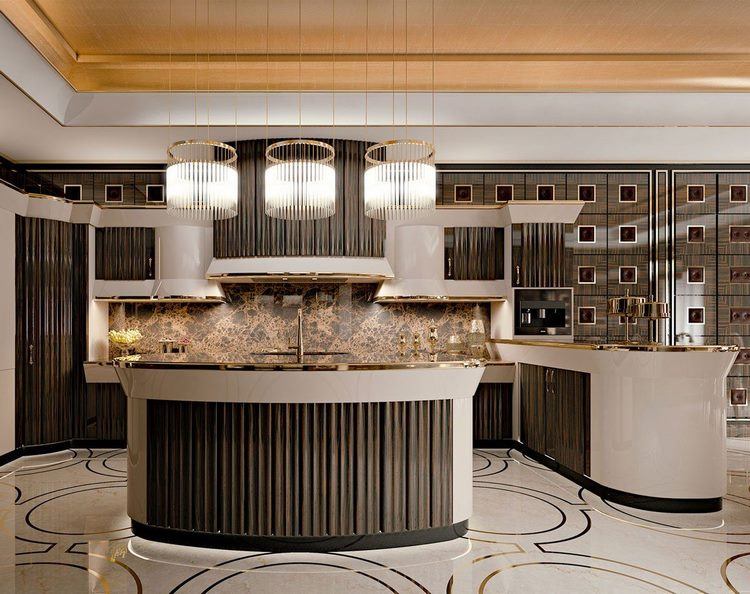
1. Size and Scale
The size of your kitchen will play a significant role in determining the size and scale of your lighting fixtures. A large kitchen can handle a dramatic chandelier or multiple pendant lights, while a smaller kitchen might be better suited to sconces or flush mount lights. Make sure the fixtures you choose are proportional to the size of the room. A chandelier that’s too small will get lost in a large space, while a chandelier that’s too big will overwhelm a small space.
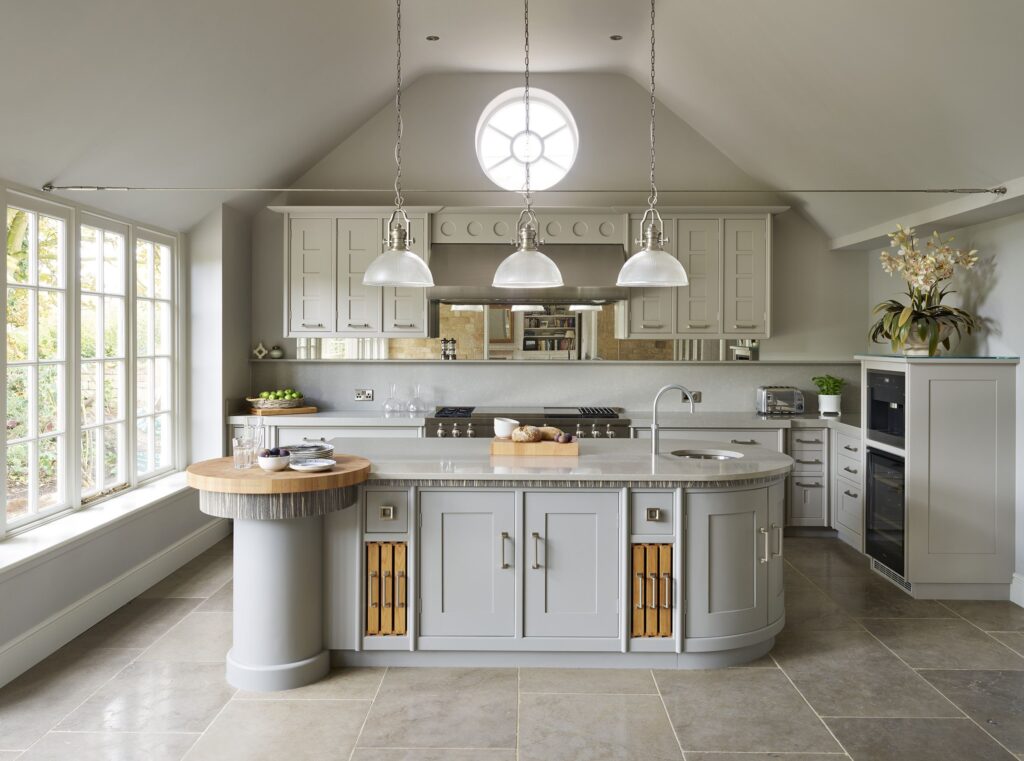
2. Existing Décor and Style
Consider the existing décor and style of your kitchen. If you already have a lot of Art Deco elements, you can choose lighting fixtures that complement those pieces. If your kitchen is more modern or eclectic, you can use Art Deco lighting to add a touch of vintage flair. The key is to create a cohesive and harmonious look. Think about the colors, materials, and patterns that are already present in your kitchen and choose lighting fixtures that will enhance those elements.
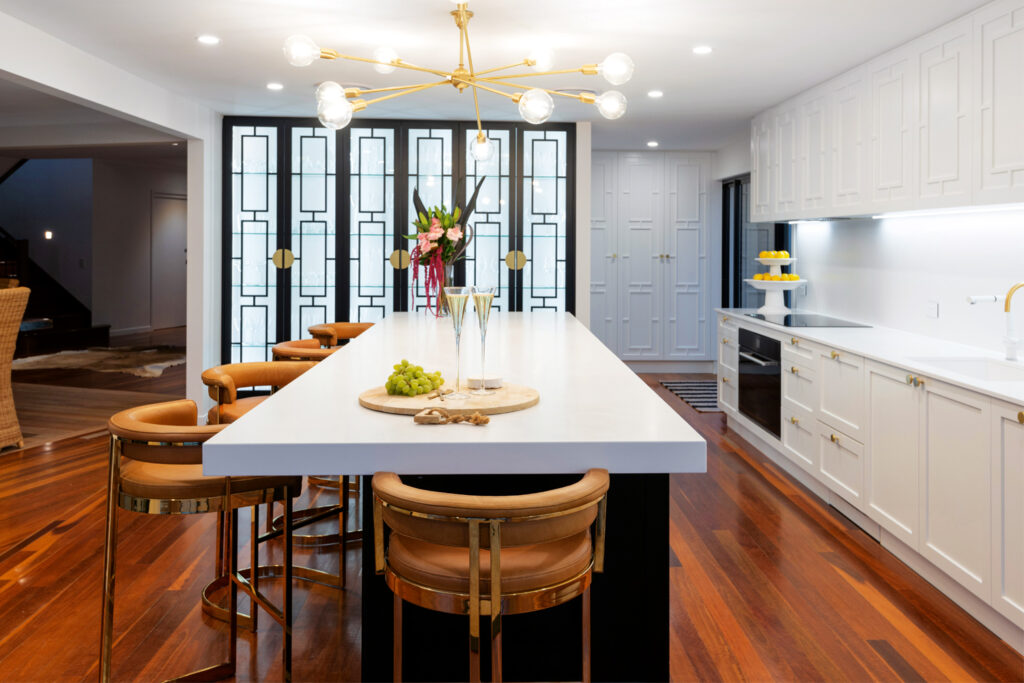
3. Functionality and Task Lighting
Don’t forget about functionality! Kitchen lighting should not only be stylish but also practical. Consider the different tasks that you perform in the kitchen and choose lighting fixtures that will provide adequate illumination for those tasks. Pendant lights over the island or sink, under-cabinet lighting, and recessed lighting can all be used to create a well-lit and functional workspace. Think about where you need the most light and choose fixtures that will provide that light without creating glare or shadows.
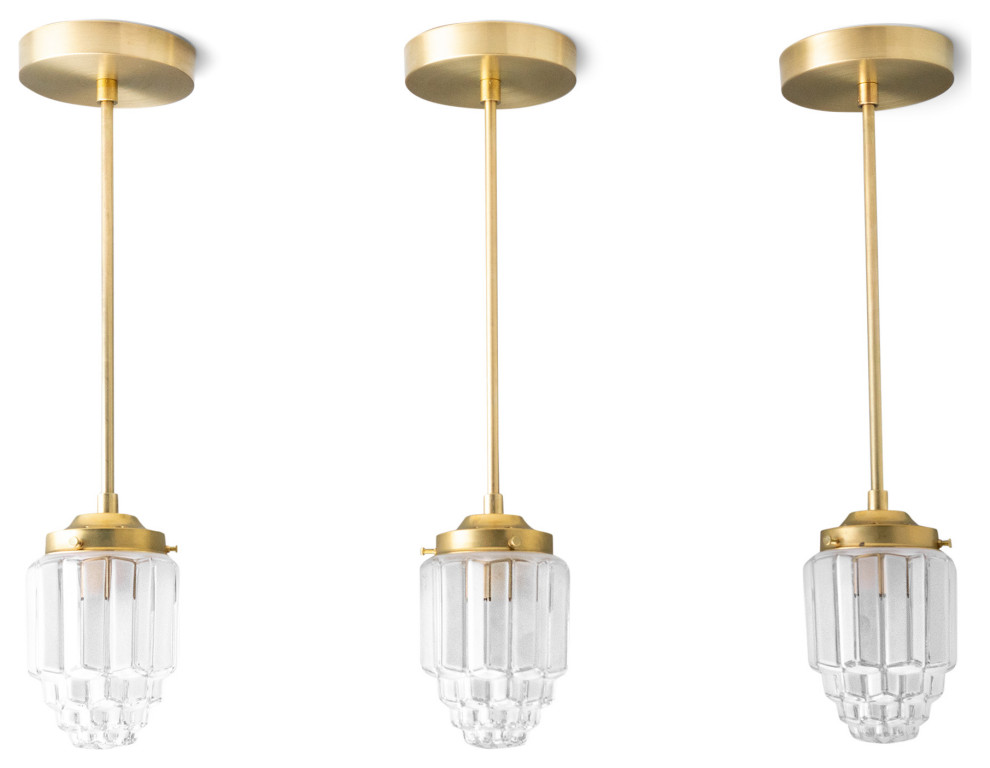
4. Light Bulbs and Color Temperature
The type of light bulbs you use can also affect the overall look and feel of your kitchen. Incandescent bulbs provide a warm, inviting glow, while LED bulbs are more energy-efficient and come in a variety of color temperatures. Consider the color temperature of the bulbs you choose to create the desired ambiance. Warmer temperatures (around 2700-3000K) are ideal for creating a cozy and inviting atmosphere, while cooler temperatures (around 3500-4000K) are better for task lighting. Dimmable bulbs can also be a great option, allowing you to adjust the lighting to suit your needs.
5. Budget
Of course, budget is always a consideration. Art Deco lighting can range in price from affordable to extravagant, so it’s important to set a budget before you start shopping. Remember that you don’t have to spend a fortune to create a beautiful Art Deco kitchen. You can find stunning vintage pieces at flea markets or antique stores, or you can opt for more affordable reproductions. The key is to be creative and resourceful.
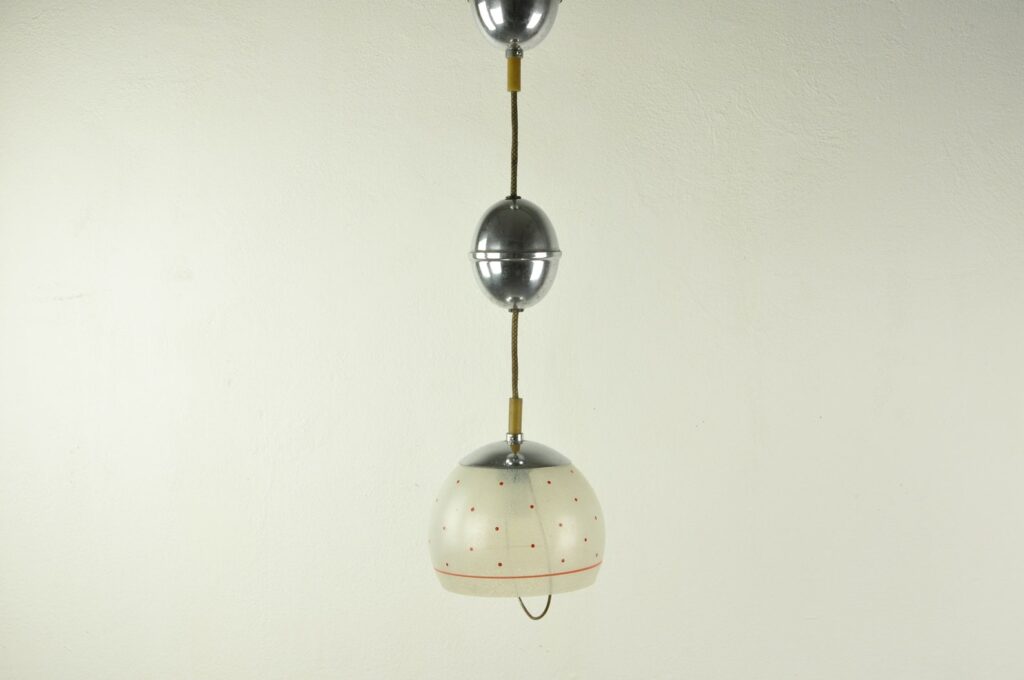
Bringing It All Together: Incorporating Art Deco Lighting into Your Kitchen Design
Now that you’ve chosen your Art Deco lighting fixtures, it’s time to incorporate them into your kitchen design. Here are some tips for creating a cohesive and stylish look:
1. Create a Focal Point
Choose one or two statement pieces to serve as the focal point of your kitchen. This could be a dramatic chandelier over the island or a pair of striking sconces flanking the range. Make sure the focal point is visually appealing and draws the eye.
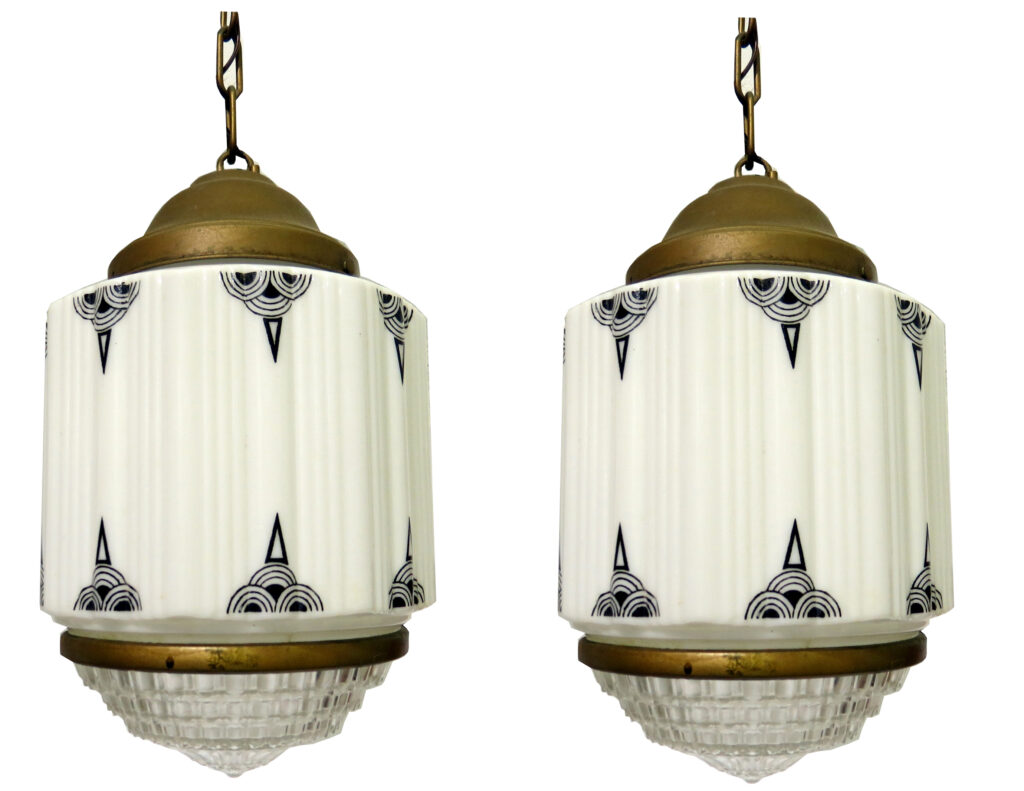
2. Layer Your Lighting
Use a combination of different types of lighting to create a layered effect. This will add depth and dimension to your kitchen and make it feel more inviting. Combine ambient lighting (such as recessed lighting or flush mount lights) with task lighting (such as pendant lights or under-cabinet lighting) and accent lighting (such as sconces or spotlights).
3. Pay Attention to Placement
The placement of your lighting fixtures is crucial. Make sure that the fixtures are positioned in a way that provides adequate illumination without creating glare or shadows. Consider the height of your ceilings, the size of your island, and the layout of your kitchen when determining placement.
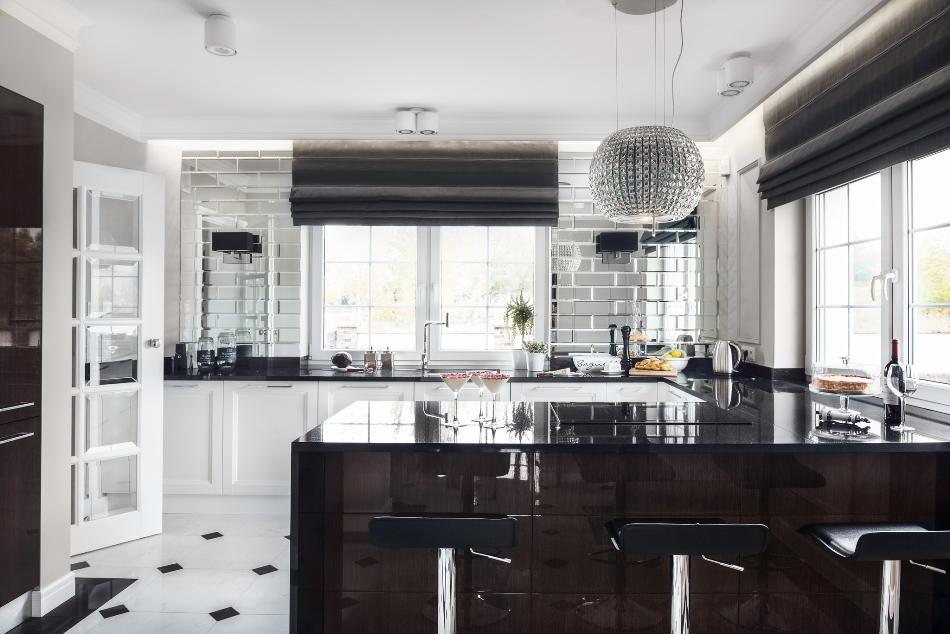
4. Use a Dimmer Switch
Install dimmer switches on your lighting fixtures to allow you to adjust the brightness to suit your needs. This is especially important in the kitchen, where you may need bright light for task lighting and softer light for ambiance.
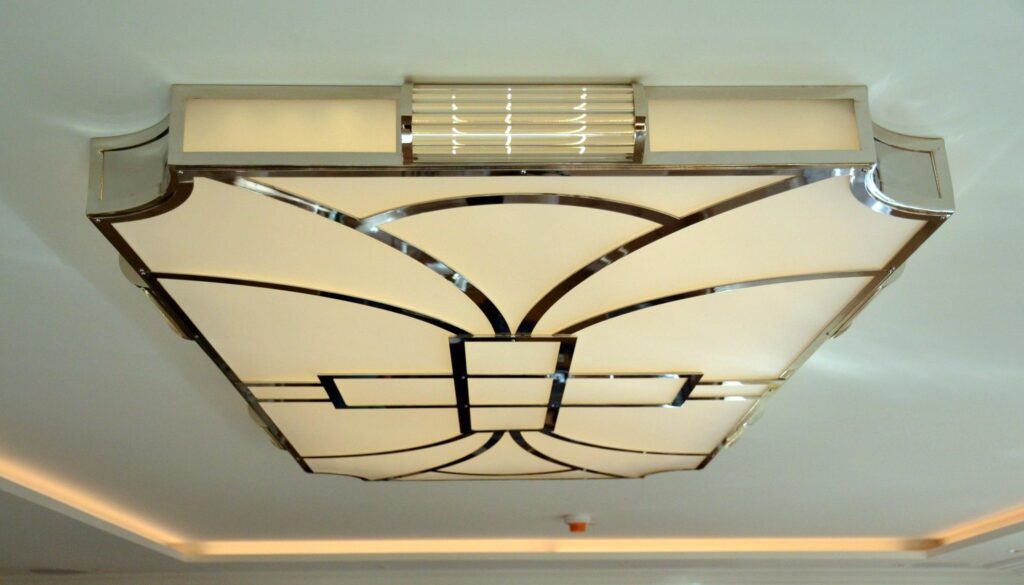
5. Accessorize with Art Deco Elements
Complete the look by accessorizing with other Art Deco elements, such as geometric-patterned tiles, chrome hardware, and vintage-inspired appliances. These details will tie everything together and create a cohesive and stylish Art Deco kitchen.
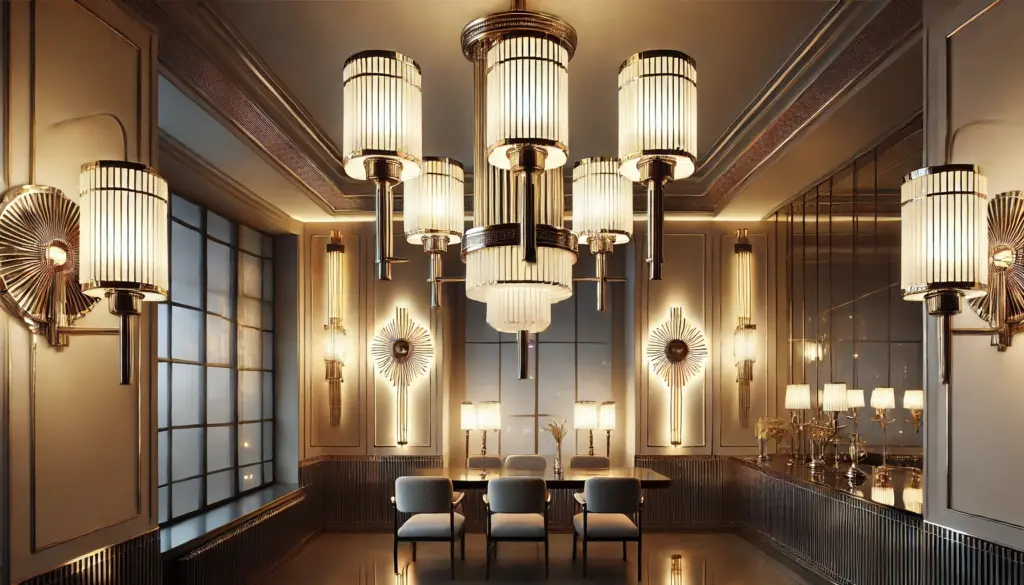
Maintenance and Care: Keeping Your Art Deco Lighting Sparkling
Once you’ve invested in beautiful Art Deco lighting, it’s important to take care of it properly to keep it looking its best. Here are some tips for maintenance and care:
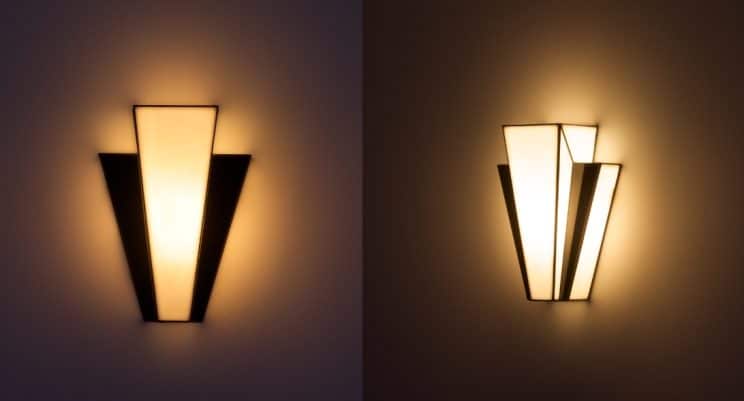
1. Regular Cleaning
Dust your lighting fixtures regularly to prevent dust and grime from building up. Use a soft cloth or feather duster to gently remove dust from the surfaces. For more stubborn dirt, use a mild soap and water solution. Be sure to dry the fixtures thoroughly after cleaning.
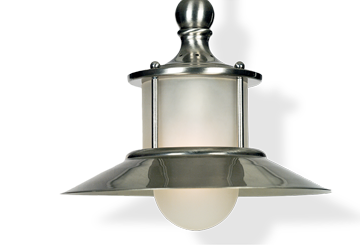
2. Polishing Metal Finishes
Keep metal finishes like chrome and nickel looking their best by polishing them regularly. Use a metal polish specifically designed for the type of metal you’re cleaning. Follow the manufacturer’s instructions carefully.
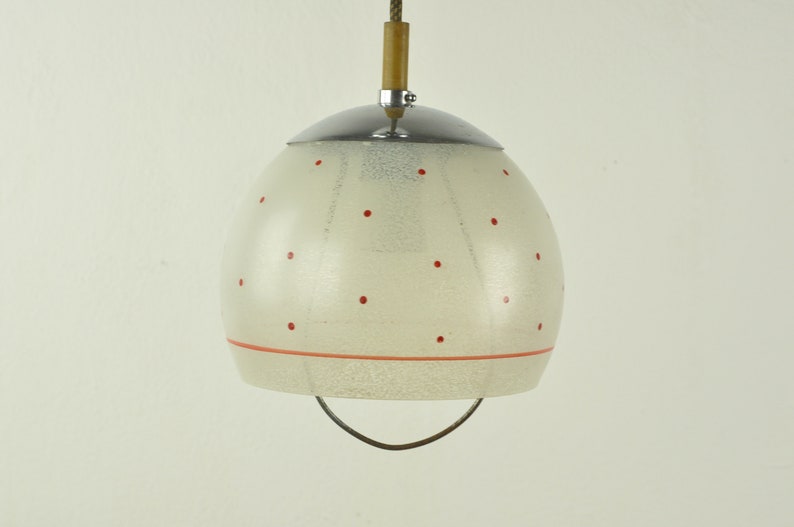
3. Cleaning Glass Shades
Clean glass shades with a glass cleaner to remove smudges and fingerprints. Be careful not to scratch the glass. You can also use a solution of vinegar and water to clean glass shades.
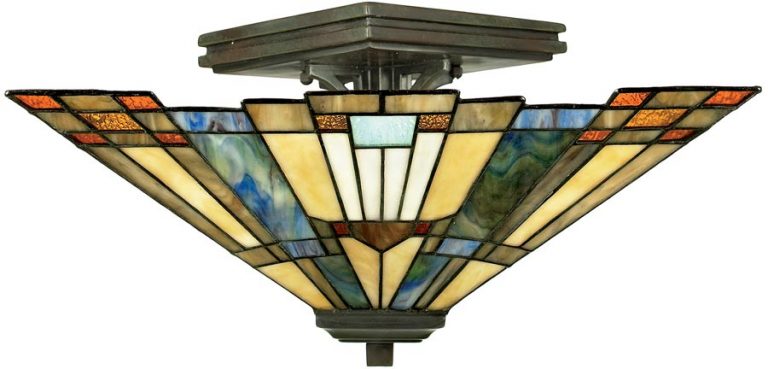
4. Replacing Light Bulbs
Replace light bulbs as soon as they burn out. Use the correct type and wattage of bulb for your fixture. Be sure to turn off the power before replacing a light bulb.

5. Professional Cleaning
For antique or delicate Art Deco lighting fixtures, consider hiring a professional lighting cleaner to ensure that they are cleaned safely and effectively.
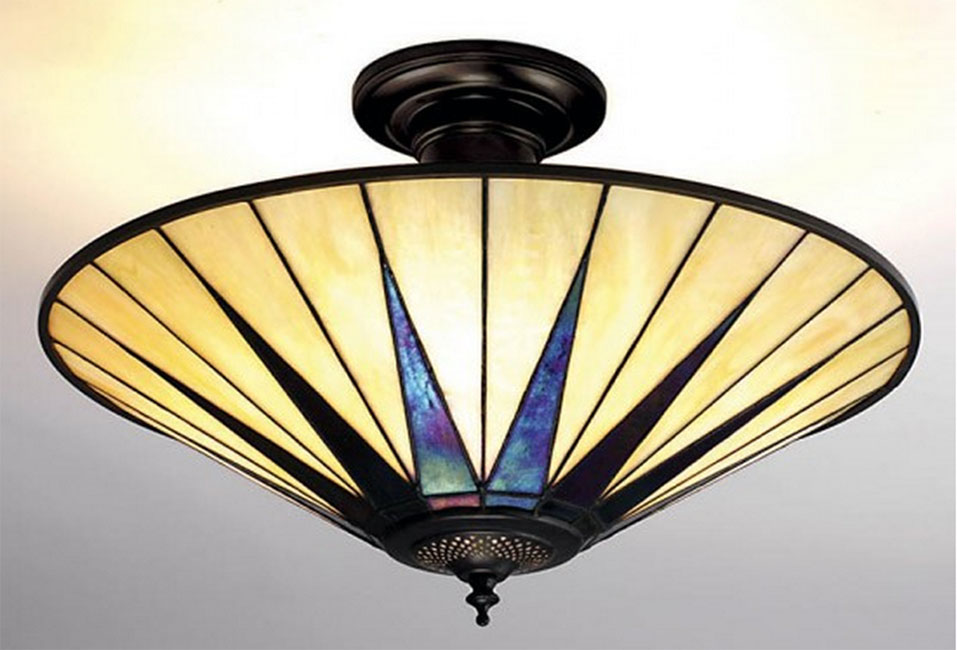
Where to Find Authentic and Reproduction Art Deco Lighting
Finding the perfect Art Deco lighting for your kitchen can be an adventure. Here are some places to look for both authentic vintage pieces and high-quality reproductions:
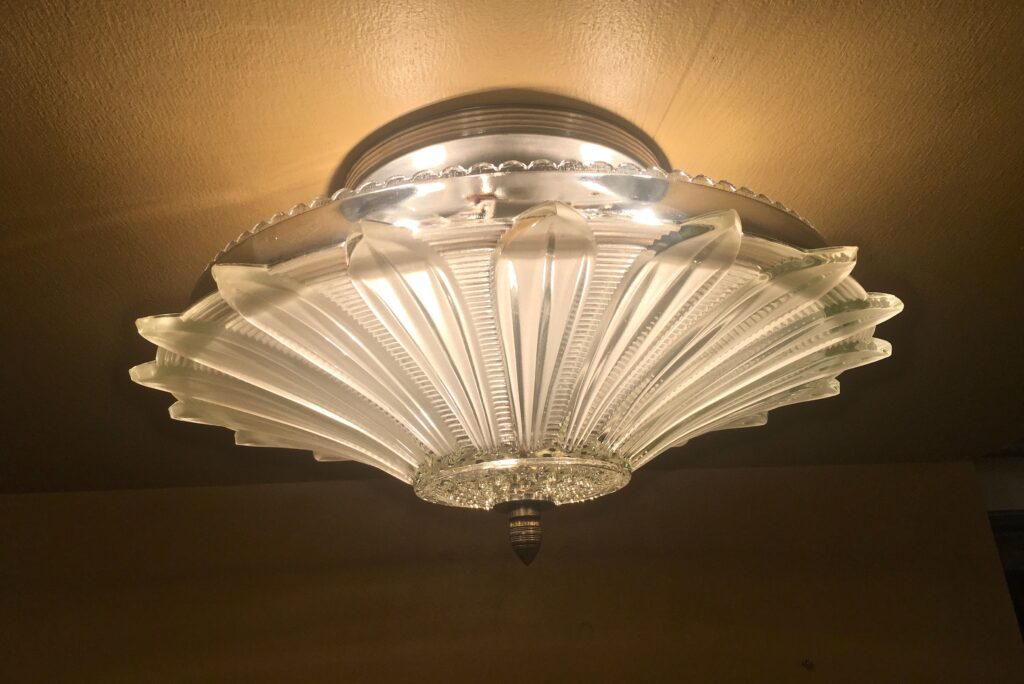
1. Antique Stores and Flea Markets
Antique stores and flea markets are a treasure trove of vintage finds. You might be able to find authentic Art Deco lighting fixtures at a fraction of the cost of buying new. Be prepared to do some digging and negotiating, but the reward can be well worth the effort.
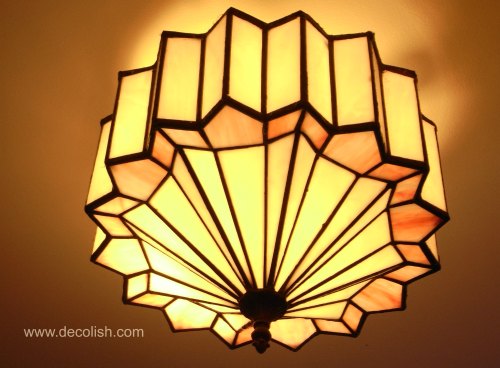
2. Online Auctions and Classifieds
Online auctions and classifieds websites are another great resource for finding Art Deco lighting. You can often find a wide variety of fixtures at competitive prices. Be sure to carefully inspect the photos and read the descriptions before bidding or making an offer.
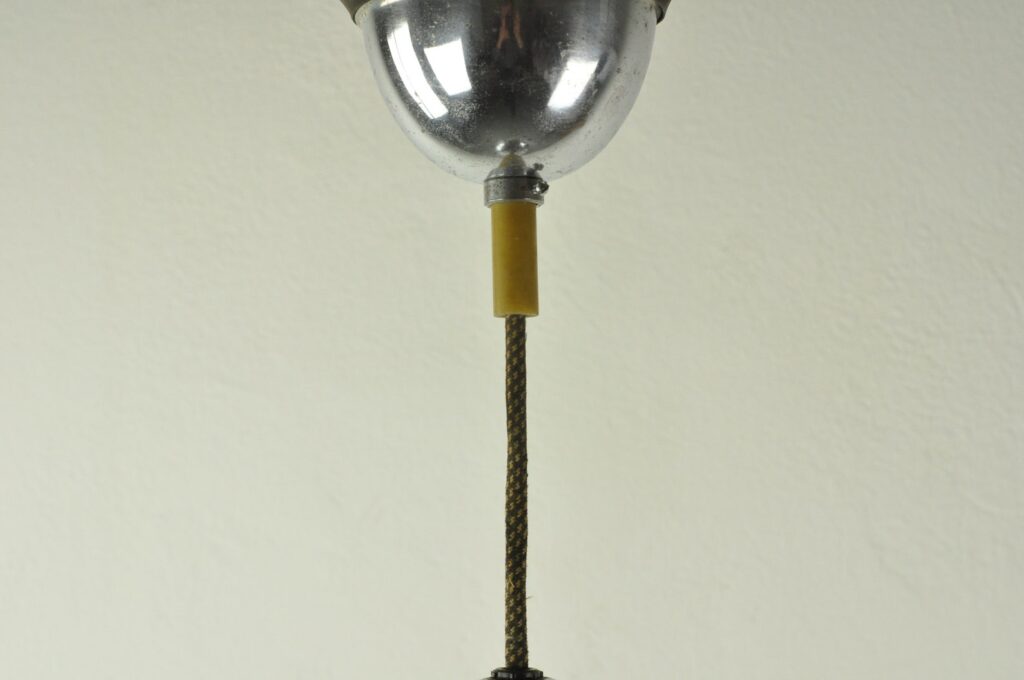
3. Specialty Lighting Stores
Specialty lighting stores often carry a selection of Art Deco reproductions. These fixtures are designed to look like authentic vintage pieces but are made with modern materials and technology. This can be a great option if you want the look of Art Deco without the hassle of dealing with vintage fixtures.
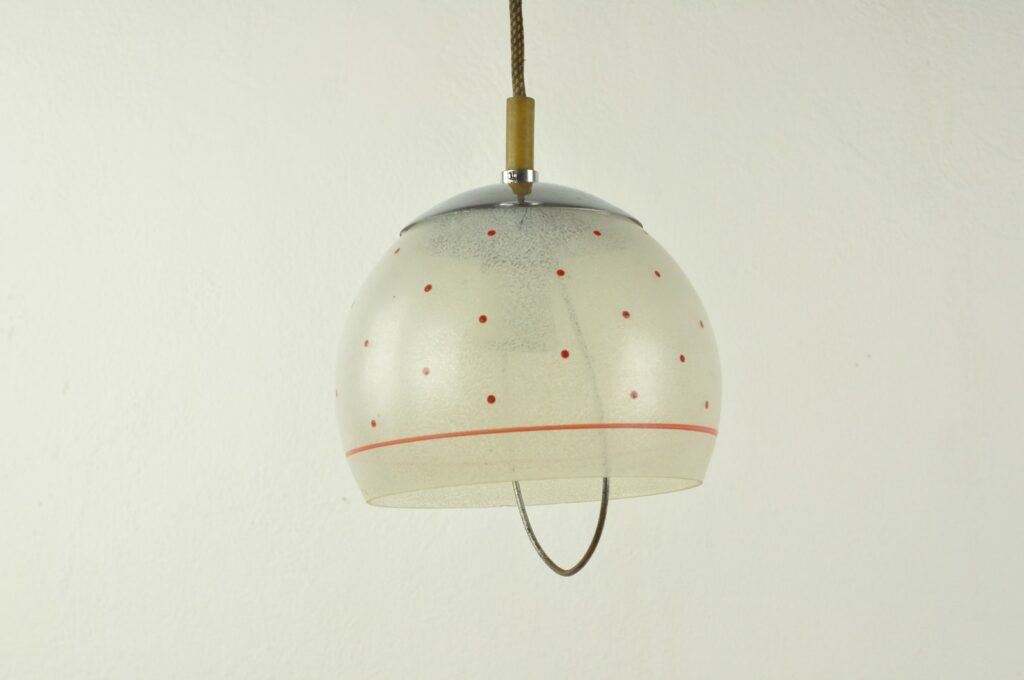
4. Online Retailers
Many online retailers specialize in Art Deco lighting. These retailers offer a wide selection of fixtures at a variety of price points. Be sure to read reviews and compare prices before making a purchase.
Art Deco Kitchen Lighting: A Timeless Investment
Investing in Art Deco kitchen lighting is more than just buying fixtures; it’s investing in a piece of history and design. The elegance, sophistication, and timeless appeal of Art Deco lighting will transform your kitchen into a space that is both functional and beautiful. Whether you choose to embrace the bold geometric shapes and luxurious materials of the era or opt for a more subtle and modern interpretation, Art Deco lighting is sure to add a touch of glamour to your culinary space.
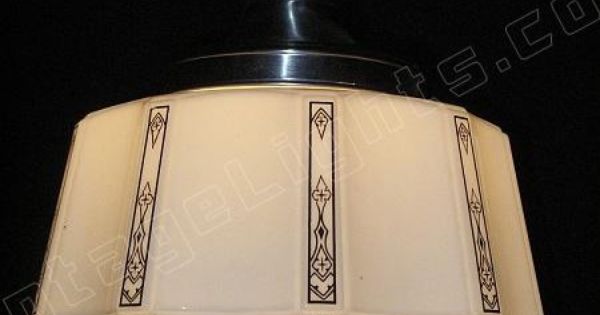
So, take the plunge! Explore the possibilities, experiment with different styles, and create a kitchen that reflects your unique personality and taste. With a little creativity and planning, you can transform your kitchen into an Art Deco masterpiece that you’ll enjoy for years to come.
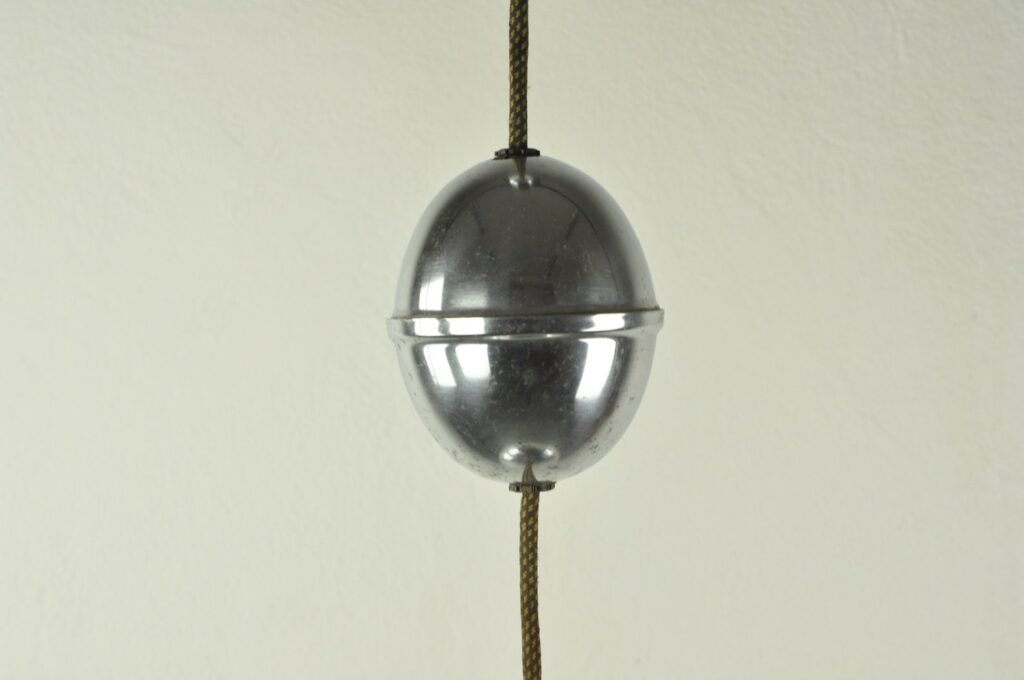
 Nimila
Nimila

